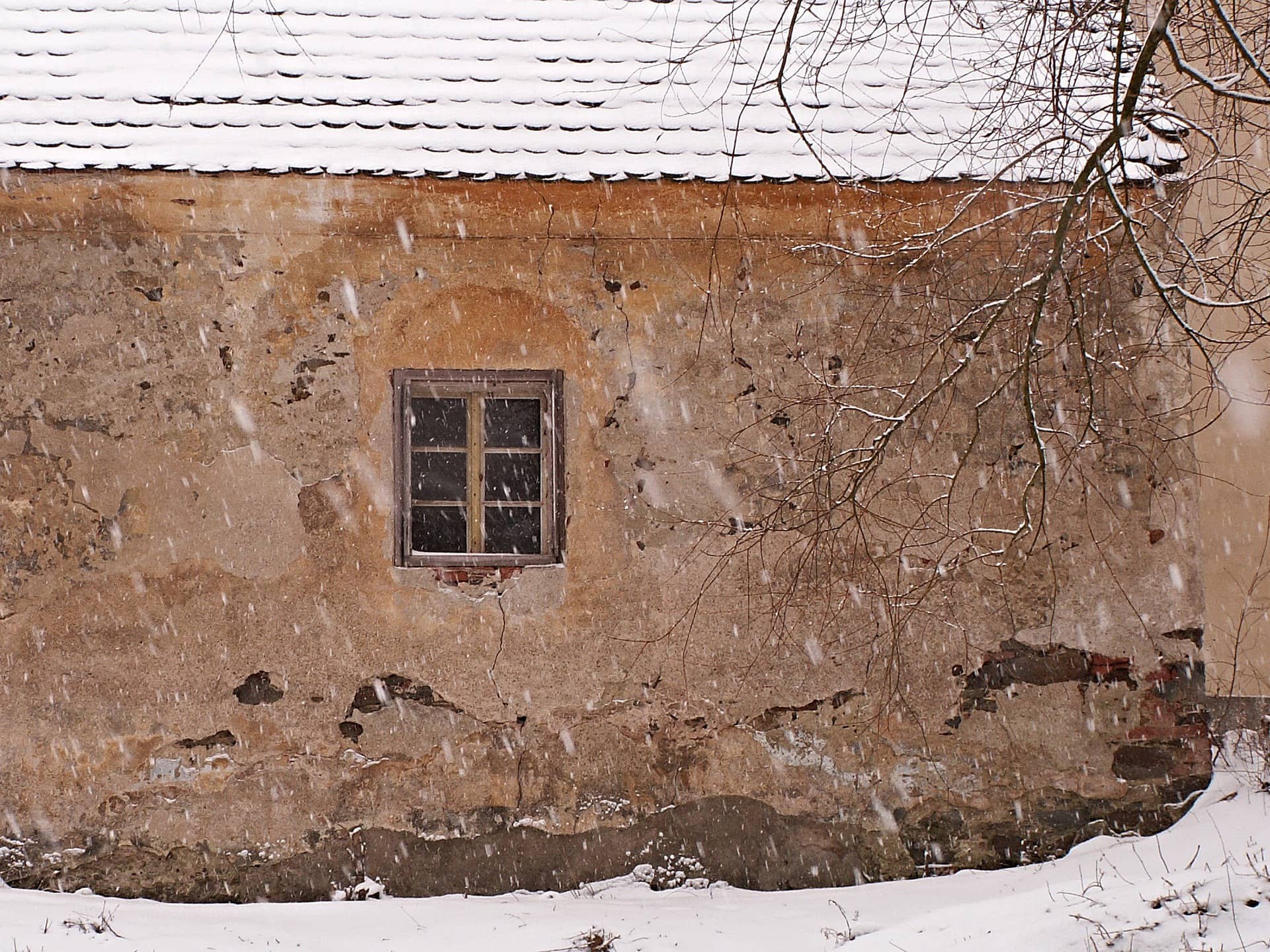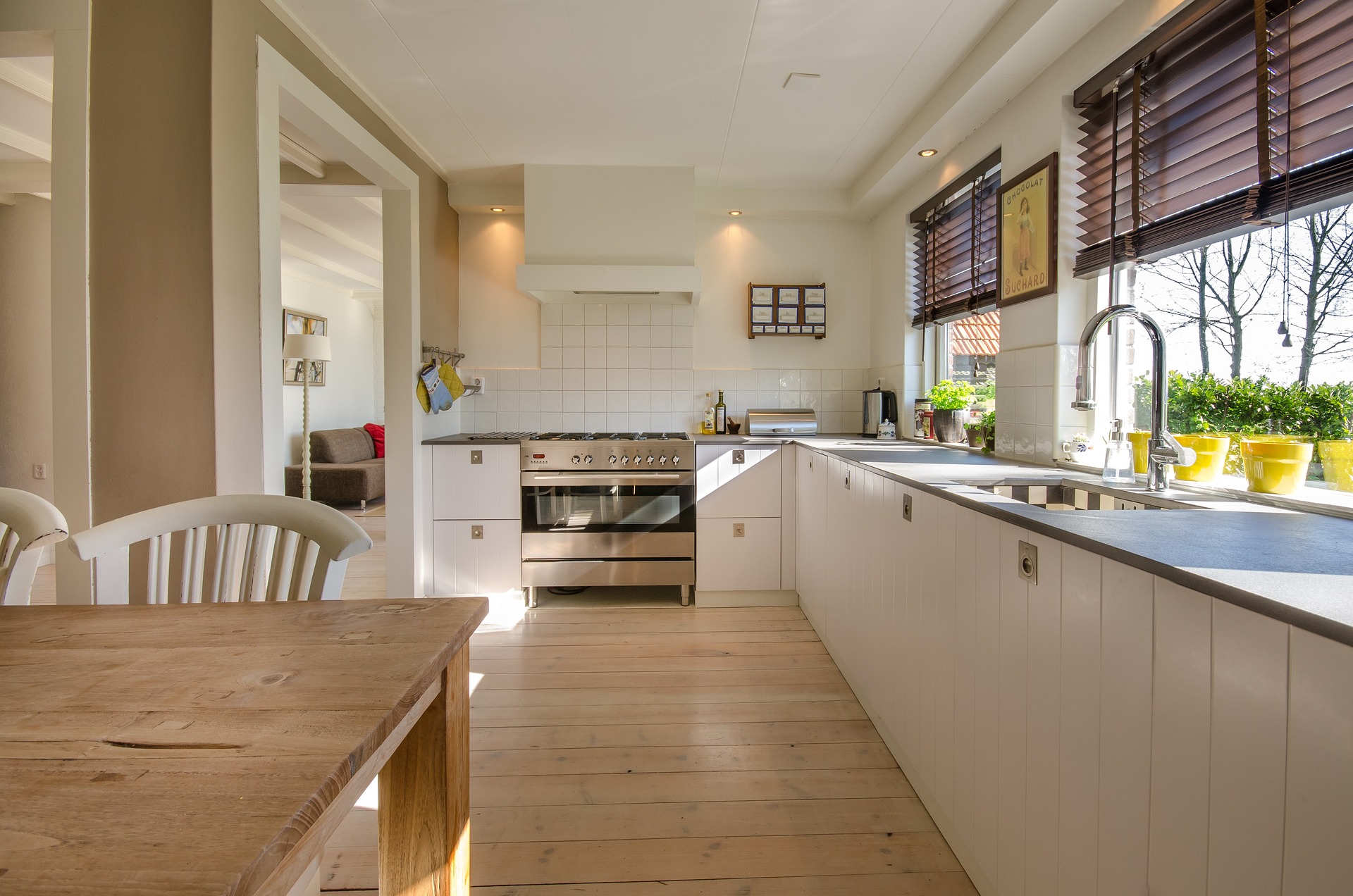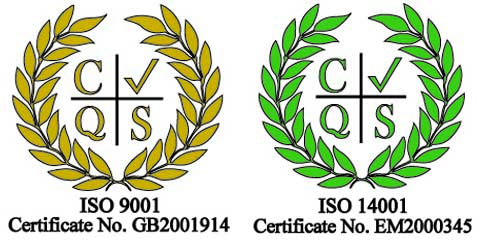Stone facades are a beautiful feature of many buildings, both old and new. However, they can become quite stained and dirty over time, which can detract from their appearance. However, getting them back to pristine condition can be a complex job that needs proper care and understanding.
We are going to highlight different techniques for cleaning stone facades that can help minimise damage along the way, ensuring you get the best result.
After spending a significant amount of money and time getting the right appearance – it is important we approach restoration with some sort of knowledge and experience. So before you get stuck into the project, keep reading and make sure you’re ready for the work ahead.
Why Not Leave It To Age Naturally?
A common concern from clients is that cleaning stone facades might get rid of the natural or weathered appearance or cause irreversible damage.
Well, while leaving it be may seem like the most sensible option for some, it is not always practical. If the dirt and grime are starting to have a significant impact on the appearance of your building, then it may be time to take action.
In some cases, leaving the stone to age naturally can actually do more harm than good. For example, if there is already significant staining or efflorescence (a white powdery substance that can form on masonry), then this will only get worse over time.
Similarly, a large build-up of dirt could lead to the slow, but the prominent breakdown of the exterior itself.
This is also possible with the appearance of seedlings or small roots. Removing these early on with the proper restoration techniques will prevent damaging growth that may progress and spread to larger areas.
Common Causes of Exterior Damage
When watching out for cracks or wear, there are a few common culprits to be aware of.
Rain
Over time, the natural elements can take their toll on stone facades causing staining, efflorescence, and other types of deterioration. Acidic compounds in regular rainwater can cause wear and create a weakened structure with divets and cracks.
Air pollution
Living in a city means that your building is constantly bombarded by harmful air particles which can cause long-term damage to the exterior. Certain minerals can be a leading cause of changes to the physical appearance.
Biological Growth
Things like algae, moss, and lichen can start to grow on the surface of the stone which can lead to significant staining if left unchecked. Not only does this affect the aesthetics, but it can also cause long-term damage as these organisms work their way into cracks and crevices.
Ice & Cold Weather
When water seeps into small cracks and then freezes, it expands and puts pressure on the stone causing larger cracks and chips.
Furthermore, any metal supports within the structure may be exposed to rusting and water damage if left untreated.

Techniques for Cleaning Stone Facades
There are a few ways in which professionals and others restoring their homes or businesses usually go about it. The most common and effective method is pressure washing.
Jet-Washing
This uses low-pressure water to blast away dirt, grime, and other build-ups. It’s important to be careful with this technique as using too much pressure could damage the stone itself. Keeping the force low and using a careful, slow technique can make this one of the safest methods.
TORC Blasting System
This is a method used by specialist contractors and is highly effective in cleaning all types of stone. Many prefer it as it doesn’t create any runoff or wastewater. This makes it ideal for carrying out cleaning work during peak times or in areas with a high general population.
Furthermore, it’s gentle enough to not cause any damage to the exterior. Especially when it comes to historic restoration, this is the recognised technique as it can produce some of the best results without causing any alteration to the appearance of the building.
You can find out more about it here.
DOFF
This method for cleaning stone facades is an alternative to pressure-washing. It uses a steam system which is effective at removing any biological growth. It’s also great for cleaning around hard-to-reach areas.
Because it uses steam, the volume of water is low – minimising the amount seeping into the exterior. This lowers the risk of cracking and further damage. As well as this, it is fantastic for gently removing a number of damaging factors without the need for harsh chemicals. This may include:
- Graffiti
- Moss
- Algae
- Fungi
- Spores
TORIK
This is another very similar alternative to DOFF. It also uses high-temperature steam to remove marks, algae and other damaging elements. This may be to improve the appearance of your stonework or to ensure it does not cause internal damage
The machines are available to buy or hire and are portable enough to transport in vans. You have full control over the pressure and temperature of the jet, so can ensure you get the best results while looking out for your facade.
Chemical Cleaning
This is a more aggressive option that can be used as a last resort. It does require you to be knowledgeable in which cleaning products are specifically designed for stone surfaces. These are applied to the surface and then left to work their magic before being rinsed off.
Cleaning with chemicals should also be approached with caution as some products can cause etching or staining if not used correctly. If you’re not confident in using this method, it’s always best to consult with a professional.
Advantages of Cleaning Stone Facades
It doesn’t have to be an expensive job, and proper upkeep can not only offer you a beautiful exterior but can mitigate long-term damage. A few of the main benefits include:
- Good as new
Designers and architects have worked hard to create a building that looks a certain way and will have decided upon a certain type of stone to provide just the right finish. There are plenty of different styles, colours and textures. But, whatever you choose is sure to provide a durable and natural appearance that should be looked after!
- Preventing the growth of mould, algae and other organisms
Organisms love to grow on stone as it provides them with the perfect conditions. They can cause staining and in extreme cases, structural damage. By cleaning your facade regularly, you’ll prevent this from happening and keep your building looking great for years to come.
- Restoring the original colour and appearance
Over time, the colour of your stone may change due to weathering and dirt build-up. This is especially true for light-coloured stones which can become stained. Cleaning will help to restore the original appearance and keep it looking bright and vibrant.
- Protecting against long-term damage
As well as cleaning for aesthetic purposes, it is important to carry out regular maintenance to prevent any long-term damage. This is because dirt and organisms can cause erosion which will lead to expensive repairs further down the line. By keeping on top of it now, you’ll save yourself a lot of time and money in the future.
- Improving the value of your property
Cleaning stone facades can also add value to your property. This is because it will be more appealing to potential buyers and tenants, and they will be willing to pay more for a well-maintained building. Similarly, curb appeal is a real winner that can draw in domestic and commercial buyers in a competitive market.
Final Thoughts
We wrote a blog recently outlining the importance of eco-friendly paint options. No matter the material you are working with, eco-friendly restoration methods are also the best way to go. That’s why we’d always suggest steering clear of chemical methods and instead opting for these water and steam-based ones instead.
This means you can reduce the amount of excess pollution created. Not only is it better for the environment, but it will provide the best long-term result when cleaning stone facades too.
It’s also important that you carry out regular cleaning and maintenance to prevent any long-term damage. Even just a quick once-over can highlight any cracks or wear and tear that you may have missed.
As a result, you can then get in touch with some professionals to advise you on the best way to repair or replace your exterior.
If you would like any more information on different restoration techniques as well as the upkeep of your building, do not hesitate to get in touch with our team. Alternatively, have a read of some more blogs for insight into other construction and property topics.
















Get Social